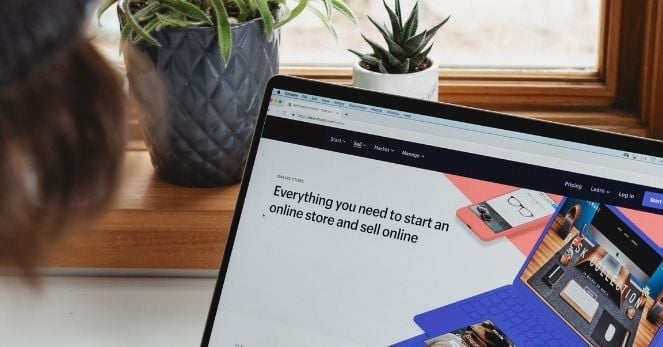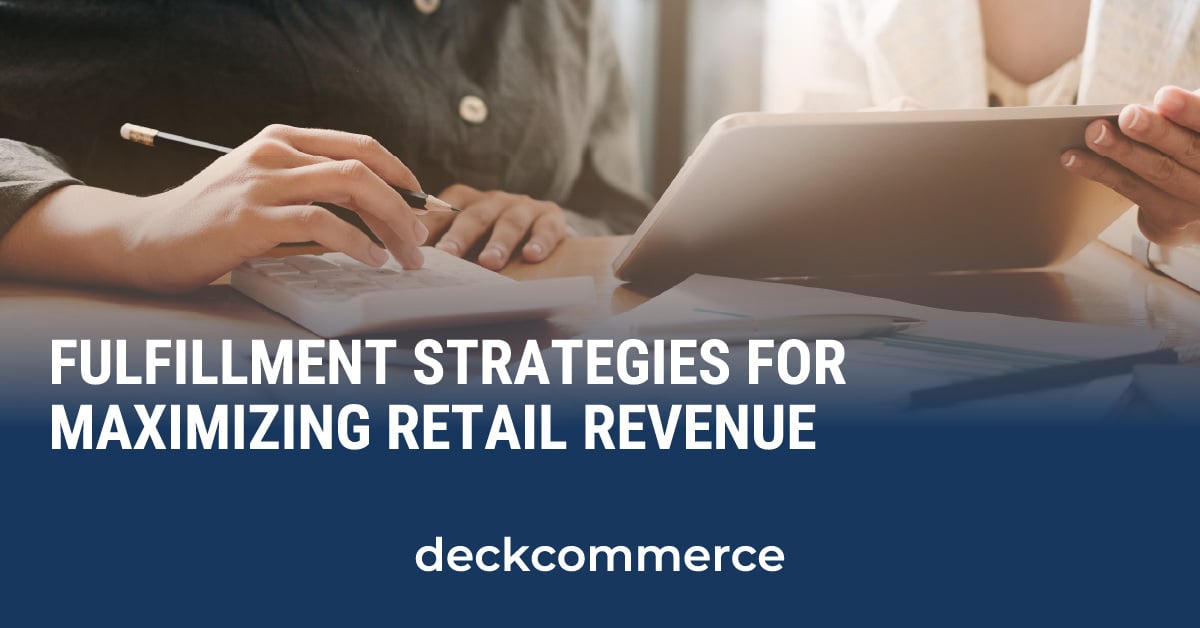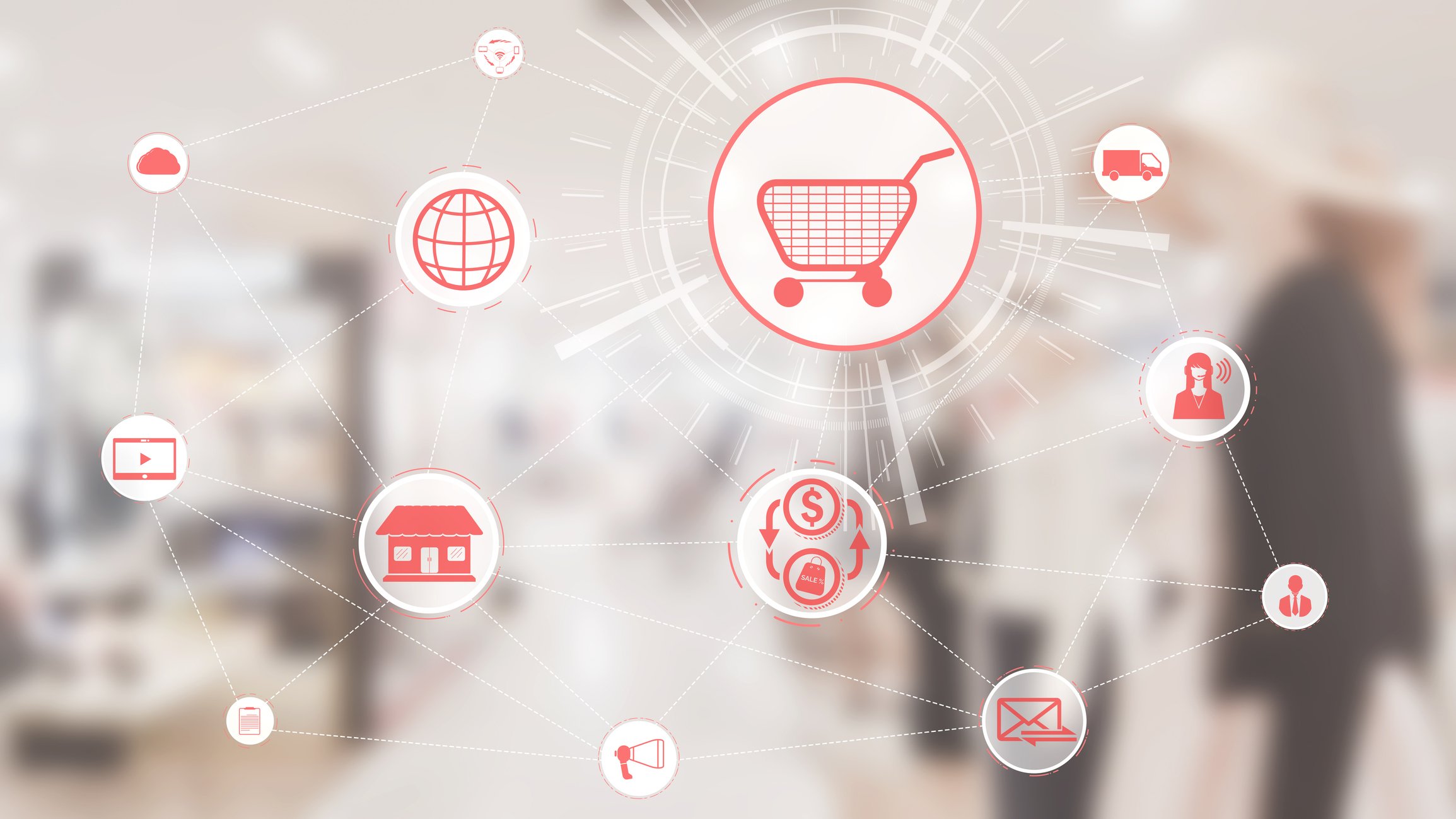
Balancing Inventory Allocation in a Multi-Channel Environment
Managing inventory across various sales channels can be a complex puzzle, as each channel has distinct characteristics. ...

Managing inventory across various sales channels can be a complex puzzle, as each channel has distinct characteristics. ...

As we step into 2025, the omnichannel trend continues to dominate the retail landscape, reshaping how businesses ...

Retailers all over the world are facing the same raw reality: today’s customers demand more than just a product—they ...

Whoever works in the retail industry knows that the need for a seamless shopping experience across multiple channels ...

In retail, customer satisfaction is the name of the game. It's not just about selling products – it's about ensuring ...

As the ecommerce industry grows by the minute, it has become clear to all business directors that efficiency in order ...

Omnichannel eCommerce is a transformative strategy bridging the gap between digital and physical shopping experiences. ...

In the quest for an effective order management solution, one of the most common questions retailers ask is “should I ...

Consumer expectations for speed, convenience, and reliability are higher than ever, and the ability to execute flawless ...


Gone are the days when businesses relied solely on a brick-and-mortar presence to drive sales. Today, success in retail ...
